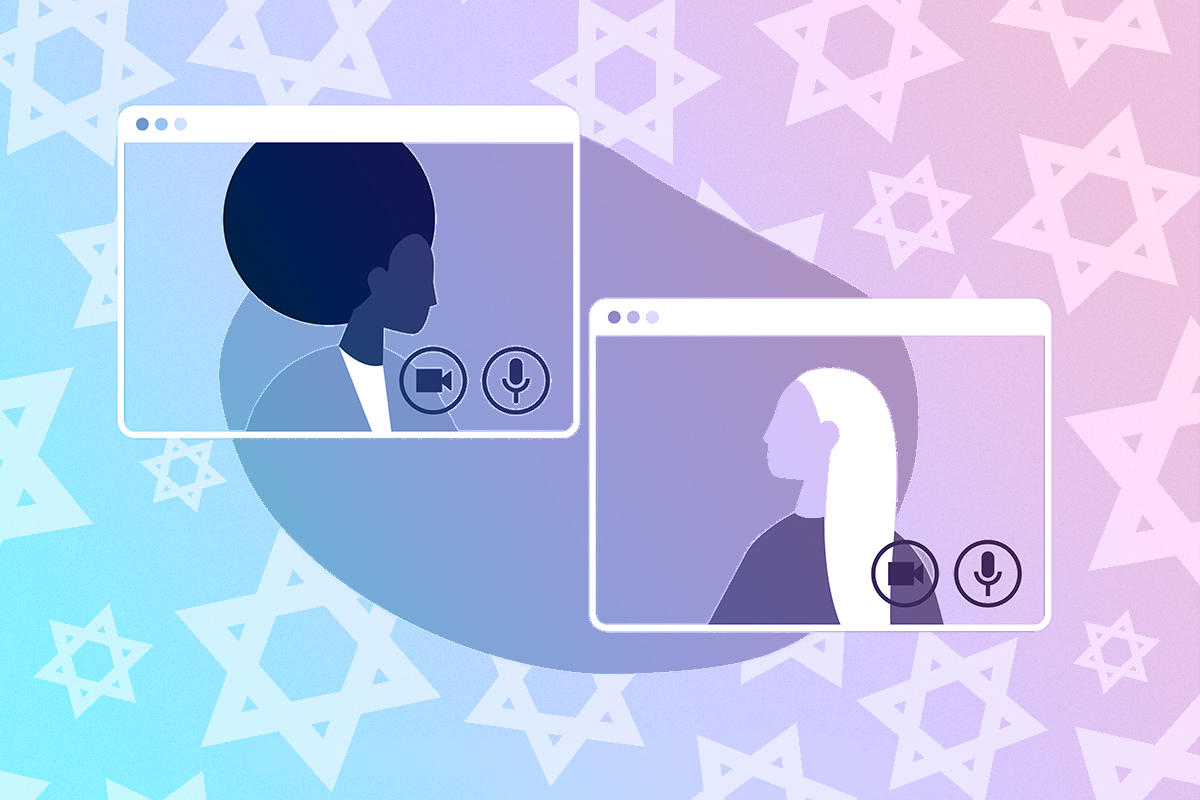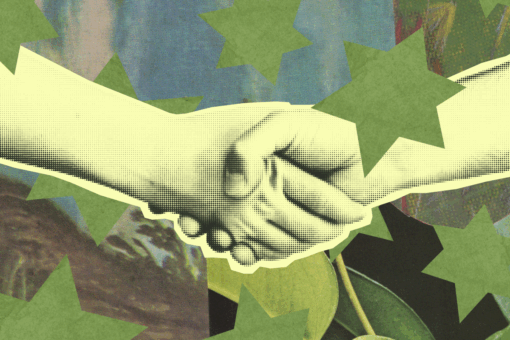Believe it or not, it will soon be 5781. Synagogues have been planning their High Holiday programming for months already, especially this year as we adapt to what brands refer to as “these trying times.”
Lately, I’ve been keenly aware not of the rush forward of time, but the links with the Jewish past. In 70 CE, the Second Temple was toppled by the Romans and Jews were expelled from the territory surrounding Jerusalem, marking the beginning of the era when Judaism moved from being a religion focused around worship and sacrifice in the Temple to the diasporic form we’re familiar with today. Minyans and synagogues spread throughout the world, and traditions diverged based on who was practicing them and where.
The ancient Jewish world crumbled overnight, and some of the central pillars they used to practice their Jewishness were suddenly gone — literally. In giving us the Talmud, they were scrambling to build something that fit their new reality. If you can’t pray in the Temple, how can you mark your Jewishness?
That’s where we’re at again today. With in-person worship on hiatus for many of us, from Uganda to the U.S., Ireland to Israel, we are left scrambling once again to figure out new ways of worship and practice that won’t risk anyone’s life.
It’s certainly a challenge, and there’s no one-size-fits-all solution. But not only do I have faith that this pandemic will not be our undoing — I think it’s actually an incredibly exciting time to be Jewish, especially for those of us who haven’t always been able to find our place in our local Jewish institutions.
Growing up in Northern Ireland with no access to a local community, my Judaism was a solitary and quite lonely practice. Since I’m Sephardi, I learned to pray using a Sephardi siddur, but when I finally moved to Manchester and joined a synagogue, my pronunciation was different from the Ashkenazi majority in the shul. It took me out of my prayer intentions and made me incredibly self-conscious.
But since the world went digital in response to the pandemic, for the first time I’ve been able to welcome Shabbat with other people in Ladino, and my experience of the prayers deepens when I say them as part of a minyan. To me it feels like a homecoming, and I won’t lie, the first time I studied in a Mizrahi and Sephardi space, where my traditions were treated as standard and not exoticized, I cried tears of joy. As well as my culture, having my disabled body welcomed, accommodated, and wanted in these spaces, even if I’m participating lying down in bed rather than sitting attentively, is something I treasure.
Over the past couple of months, from my home in Manchester, I’ve prayed with Jews in the U.K., U.S., Germany, and Spain. I’ve attended events and classes, feminist song circles, and history lectures around the world. On Tu B’Av, I studied Jewish self-care in Pittsburgh and then Mikveh 101 in Boston, one after the other. I’ve sung with Moroccan piyyut teachers and Catalan Sephardi teachers, and learned about Jewish life in China from Moishe House Shanghai.
For Shavuot I (perhaps unadvisedly given how little sleep I got) attended four days of Tikkun Leil events back-to-back, crossing six time zones and four continents, all without a passport or increasing my carbon footprint.
And last week, I attended an Israeli class with people spread across Guatemala, Brazil, Israel, Italy, Portugal, France, Ukraine, and Russia. Few of us would have been able to attend in person, either because we couldn’t afford to travel there, or because we have jobs, kids, or other care commitments, or because of immigration rules or disabilities. But we could be together online.
I grew up in Northern Ireland, a country with one synagogue. Now my life is exploding with powerful Jewish learning and real solid connection on a daily basis, all within my house, and it’s not just me. Rural or disabled Jews who can’t access a synagogue; Orthodox people who want to privately explore other denominations; LGBTQIA+ Jews who want to pray somewhere they are welcomed; isolated Mizrahi Jews who don’t have local community spaces; Black Jews weary from experiencing microaggressions at their in-person synagogue — all these types of folk and more are now able to access a world’s worth of people who have similar experiences and perspectives.
Feeling like all of me is wanted and welcome, and being able to attend all of these miraculously inclusive events without having to fret about whether the venue is accessible for disabled people like me, or having to worry about running out of energy and missing all the fun, is absolutely brilliant. And I don’t want that inclusiveness to be lost when the pandemic eases.
If it was a choice between a world without COVID and all the death and trauma it has caused or having these wonderful opportunities to connect with Jews around the world, of course I’d snap my fingers and erase COVID in a heartbeat. But as it stands now, we have choices about enhancing our connections with Jews beyond our neighborhoods. We have a chance to become a real mishpacha — family — a community with a common faith transcending national or racial definitions.
When COVID slows and in-person events return, there is a risk that this new, diverse global community might fade as it’s no longer considered a necessity for the people who were already able to be present at in person events. Without institutional support, the people I listed above will go back to being isolated, their connections to international and inclusive communities severed. But it doesn’t have to be that way. We can make sure that these online opportunities are maintained alongside in-person events. Livestream services, alternate between formats for lectures, run e-learning alongside in-person conversion classes — the possibilities are endless.
Digital services and livestream lectures may not be what Talmudic scholars thought the diaspora would look like, but I’m pretty sure if they saw 2020, they’d be impressed by what us modern Jews have done during these trying times. I hope, for my sake and for so many others like me, that we continue to ensure our practices and traditions are open and accessible for all who want them, wherever they live, whoever they are.
Header image design by Emily Burack. Original image by nadia_bormotova/Getty Images.



